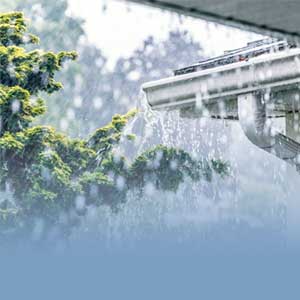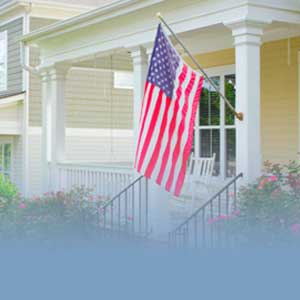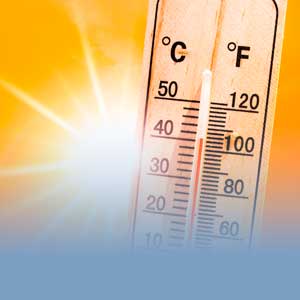When extreme cold is in the forecast, it demands your attention and preparation. Whether you are a homeowner, business owner, or both, these personal and commercial checklists — curated by our friends at HSB — will help you stay prepared during the dangerously freezing temps.
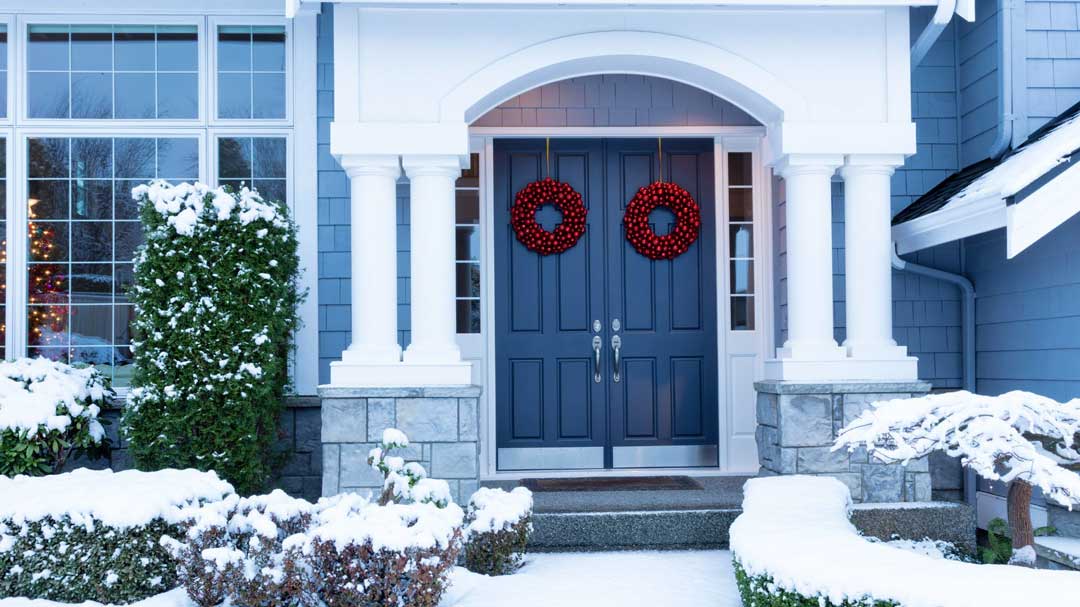
Your Personal Home and Property
In many areas where temperatures have been historically mild, there has been an increase in unusual cold weather events. Don’t let the extreme cold take you by surprise. It is essential that you take steps a day or two before a forecasted deep freeze to keep your family and property safe:
1
Seal vents.
Seal up vents in crawlspaces and basements. Some vents can simply be closed by hand, while others may require expanding spray foam or foam vent inserts, available at most hardware and home improvement stores.
2
Insulate your pipes.
If accessible, pipe insulation is inexpensive and easy to install. Be sure to insulate well around pipe bends and fittings, and tape seams closed, as needed.
3
Turn up the heat.
Make sure that you have adequate heat in areas that might be prone to freezing, especially areas where uninsulated pipes are exposed.
4
Creative (safe) heating solutions.
If your water is not flowing, take action. Warm up pipes with a hair dryer, moving evenly along affected areas.
5
Let warm air circulate.
Open up spaces that might trap cold around pipes, like closets and under sinks. Especially spaces that are adjacent to outside walls.
6
Let it flow.
Let the water trickle in sinks and bathtubs. Moving water is less likely to freeze. But be sure drains are clear when you do this, or you may have a mess to clean up later. Flush the toilets and run your taps a few times throughout the day and night.
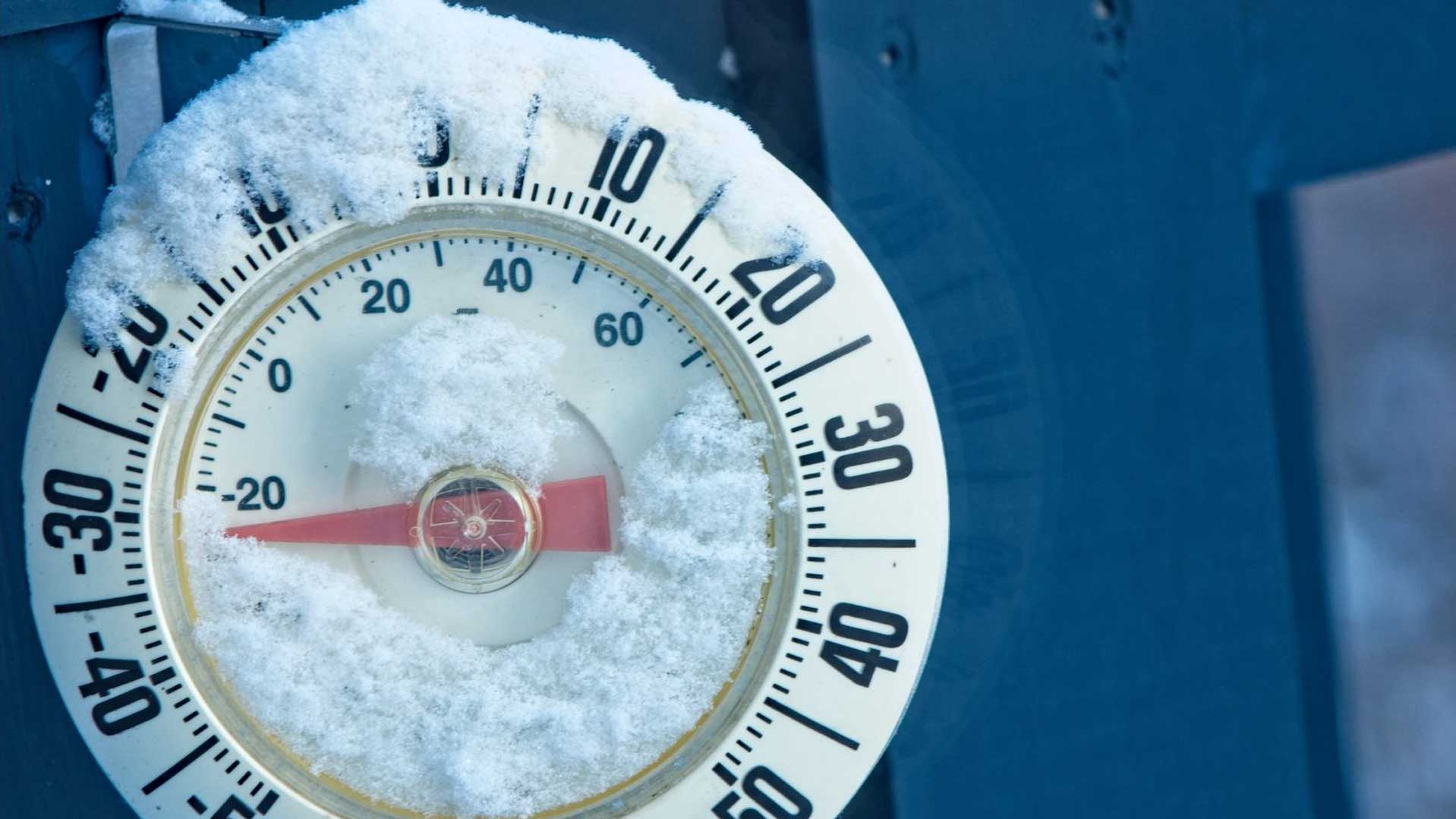
Your Business
When it comes to hazardous weather and extreme cold, businesses have a wide set of decisions to make. Whether you own facilities or lease them, you should consider several factors and plan accordingly – updating and amending the checklist below to meet the specific needs of your operations.
1
Inspect the roof.
If your building has a flat roof, ensure all drains are unobstructed, and the membrane is void-free.
2
Check for drafts.
Attics, storage areas, and crawlspaces are often unheated or underheated, and any weatherstripping and caulking you can do to them — and your whole building — could provide substantial savings on heating or the cost associated with burst pipes.
3
Safeguard storage/inventory.
Many businesses have warehouse space for inventory or storage. Take steps to ensure your storage areas remain safe and warm. Remember, sprinkler pipes can freeze and burst just like regular water pipes.
4
Insulate your pipes
Pipe insulation is inexpensive and easy to install. And it does double duty by keeping pipes from freezing in winter and from forming condensation in the humid summer months.
5
Test smoke and CO detectors.
If the power might go out, ensure your battery backup has been tested.
6
Develop a power outage plan.
Invest in backup batteries or generators and create a power outage plan. Back up your data and customer information. Develop plans to power down non-critical equipment safely.
In the face of extreme cold, a handful of precautionary measures can go a long way in shielding your home or business from potential damages and ensuring a cozy haven during the chill.
And, as we navigate through the frosty season, remember that winter safety isn’t just for the extreme cold—it’s a year-round commitment to keeping your property and people safe. Keep up with seasonal safety tips, like these winter-season safety musts, as a reliable guide throughout the year.
Reach out to your Badger agent today to ensure your homeowner or business policy is up to date, protecting you no matter the time of year.
Content from this article was provided by Hartford Steam Boiler. © 2023 The Hartford Steam Boiler Inspection and Insurance Company.
All rights reserved.


